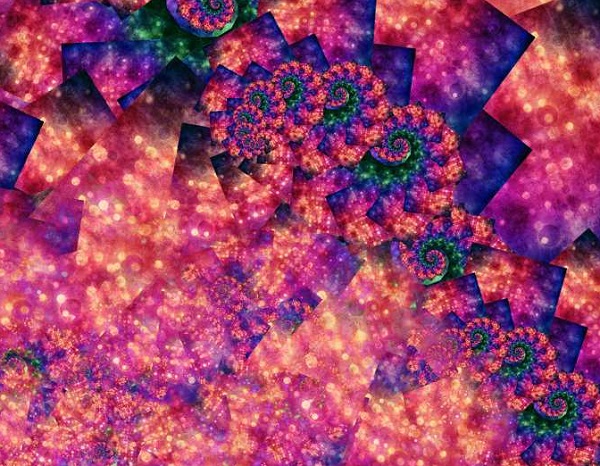FWP:
The second line has two possible readings. The first is the one the commentators spell out: that life would enter into the 'face' or aspect of the very wall. But then-- that meaning hardly requires kālbud . What other possibilities does kālbud open up? Since it can mean 'model', right there we've got it. One's life would assume the form of, would take as a model or pattern, the wall. In other words, the listeners would be petrified, dazed, entranced by the beloved's dazzlingly flirtatious conversation. They'd be frozen in place, as immobile as a wall; probably their love-crazed faces would be pale and blank, like a whitewashed wall, too. Needless to say, there's plenty of precedent for such a reaction: just consider {116,8}, in which the pattern for human behavior in the beloved's street is the prostrate, open-mouthed 'stupefaction of a footprint'.
So: the wall comes alive, and/or the people are petrified
into walls. Life and death bounce back and forth, when the beloved is around.
Really, aren't two meanings more than twice as enjoyable as one? This is Ghalib, after all. He was a genius
poet in this genre, and he knew it. His verses are twisty rivers full of rapids
and whirlpools, not prosy shipping canals that convey a single fixed load
of meaning from point A to point B. Sorry for this rant; I am just sounding off.

Nazm:
The theme is very famous among the poets, that in the beloved's lip and mouth is the quality of life-bestowingness. For this reason, if through her conversation life would enter into the aspect/face of the wall, it wouldn't be strange. guftār meñ ānā with the meaning of 'to converse' is not the idiom of Urdu, it's a translation [from Persian]. (193)
== Nazm page 193